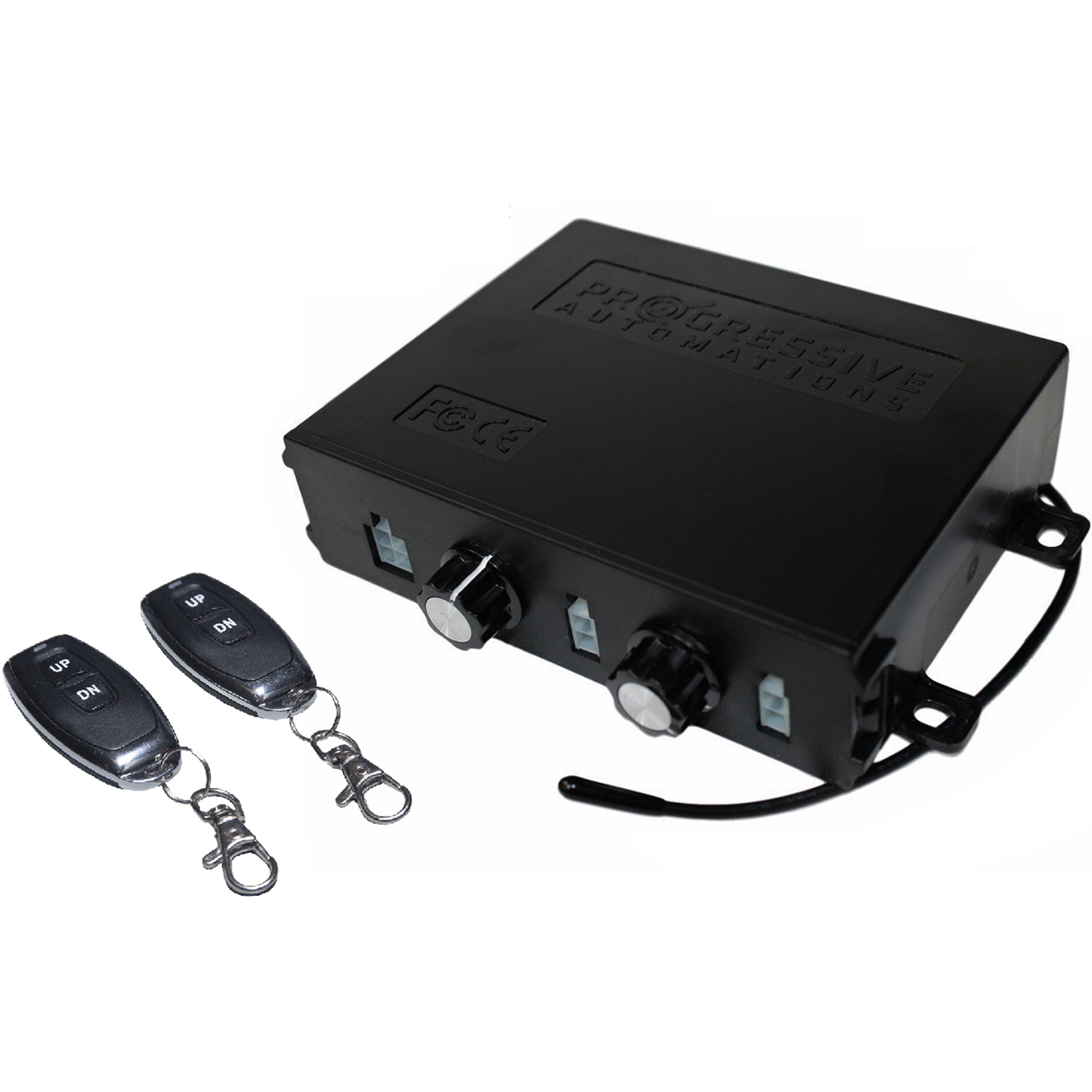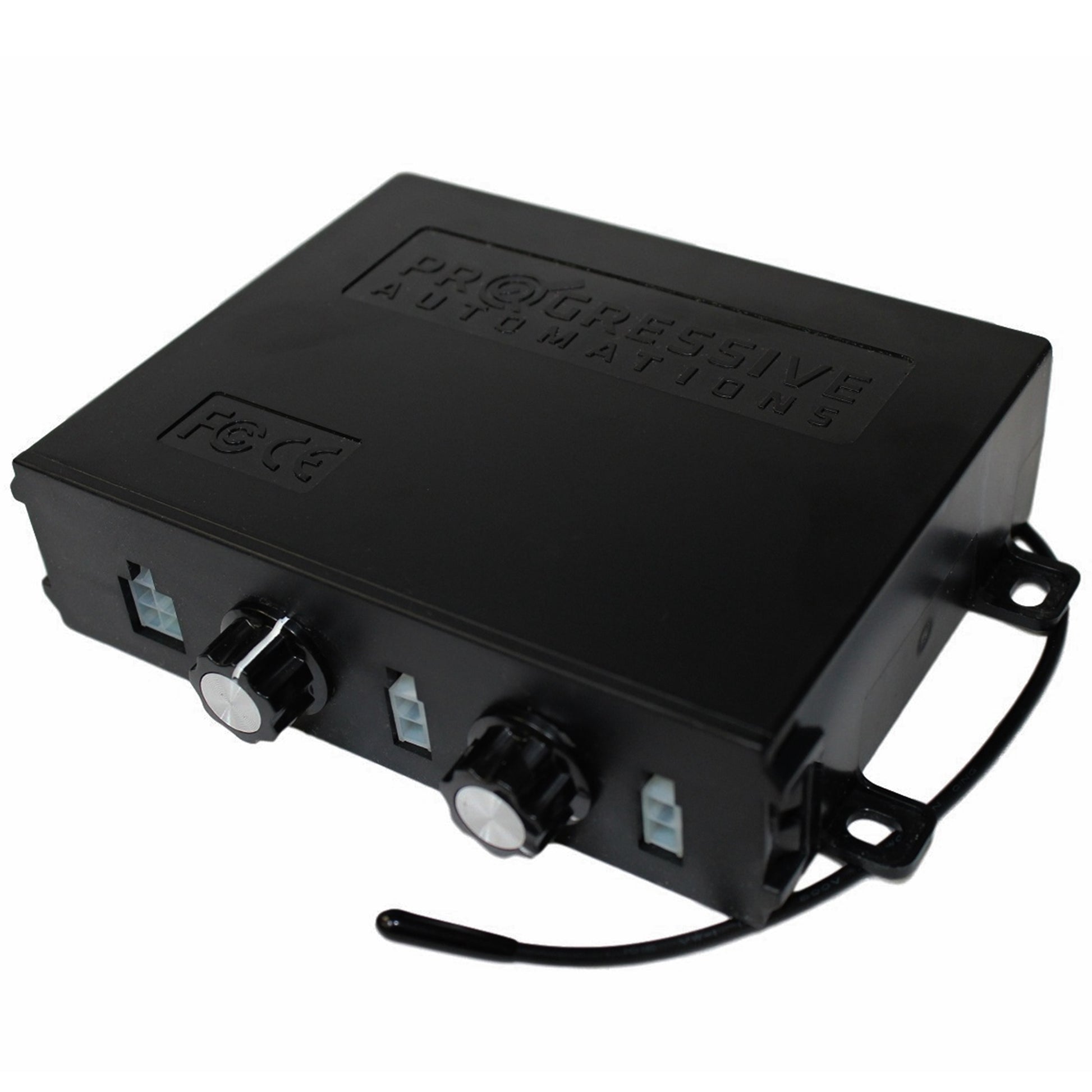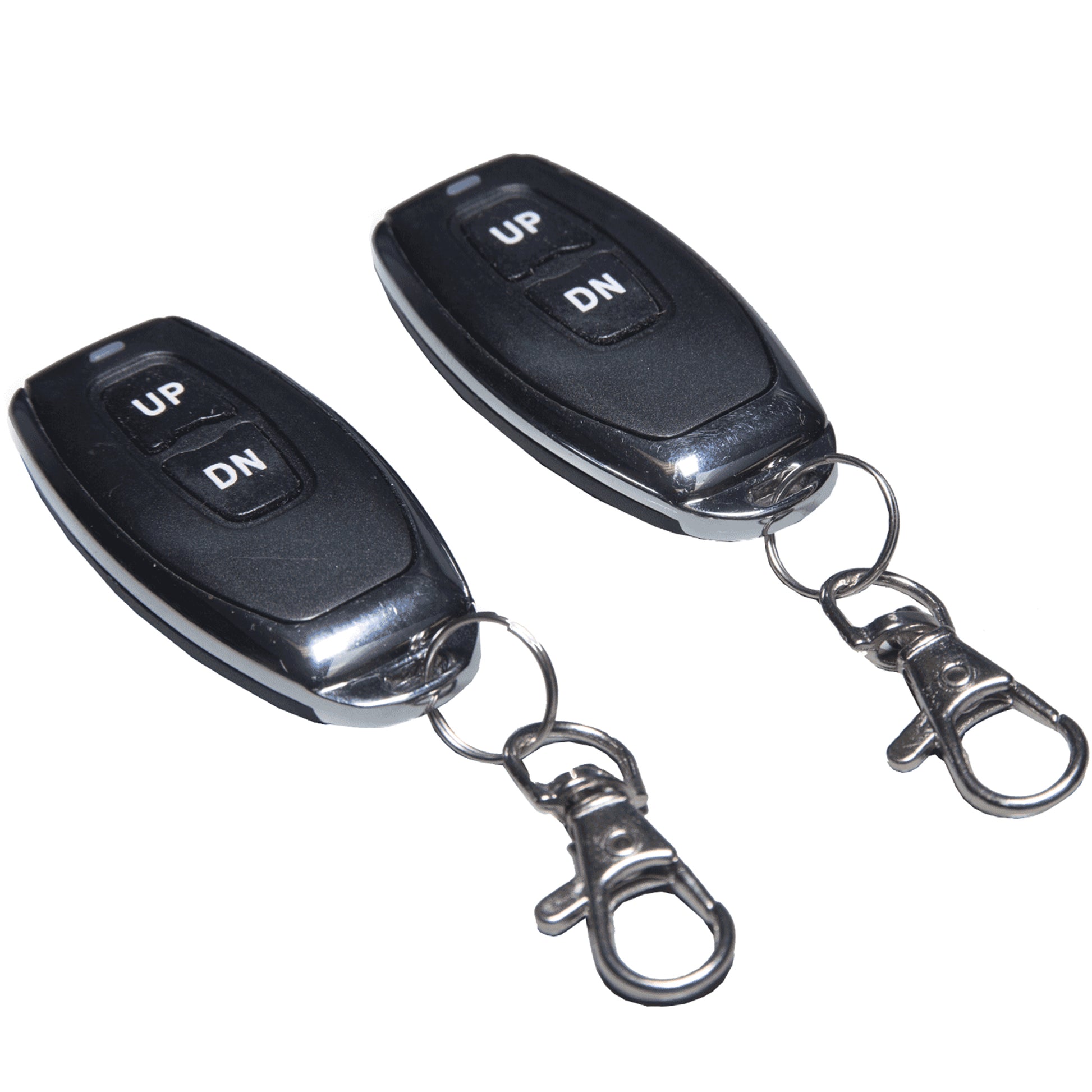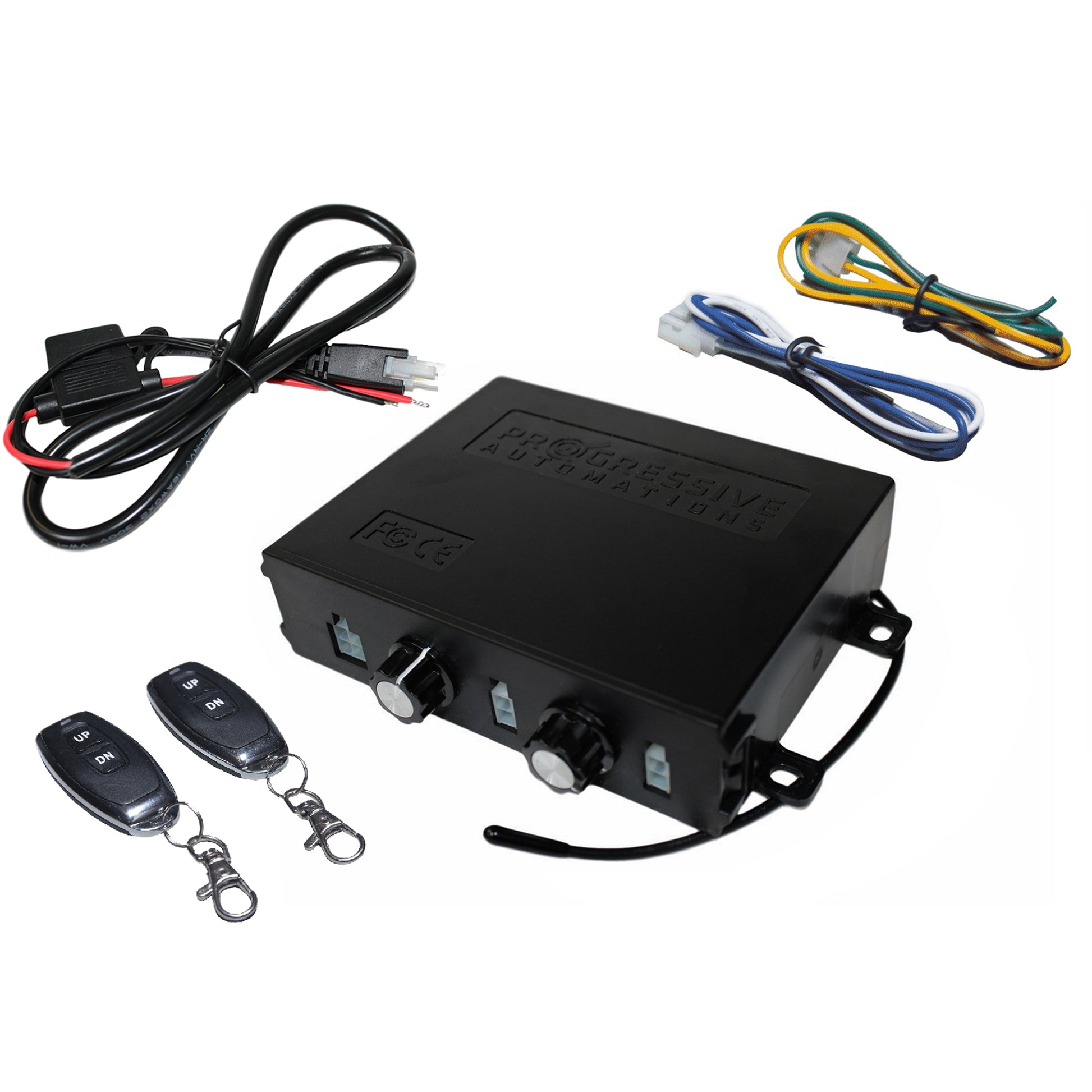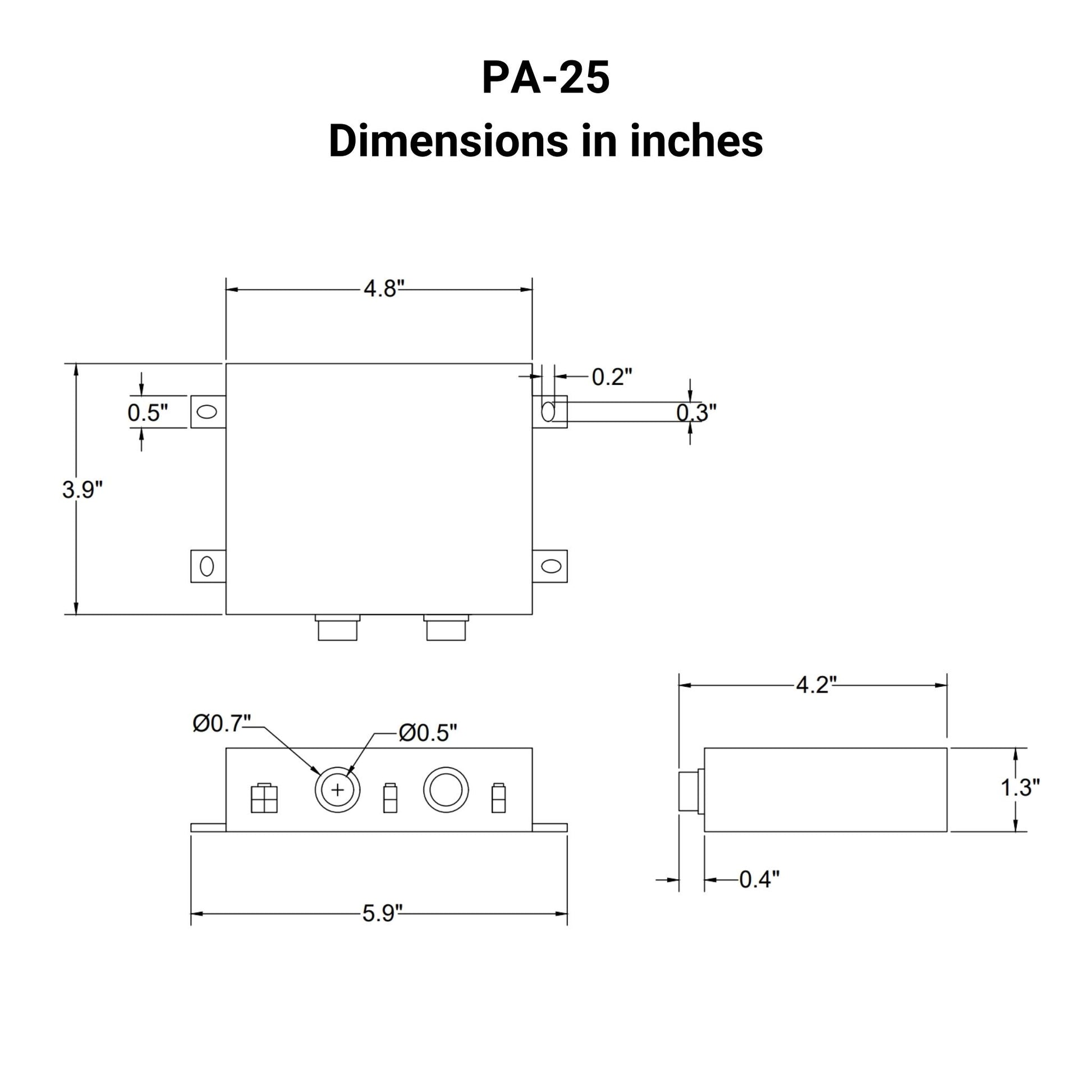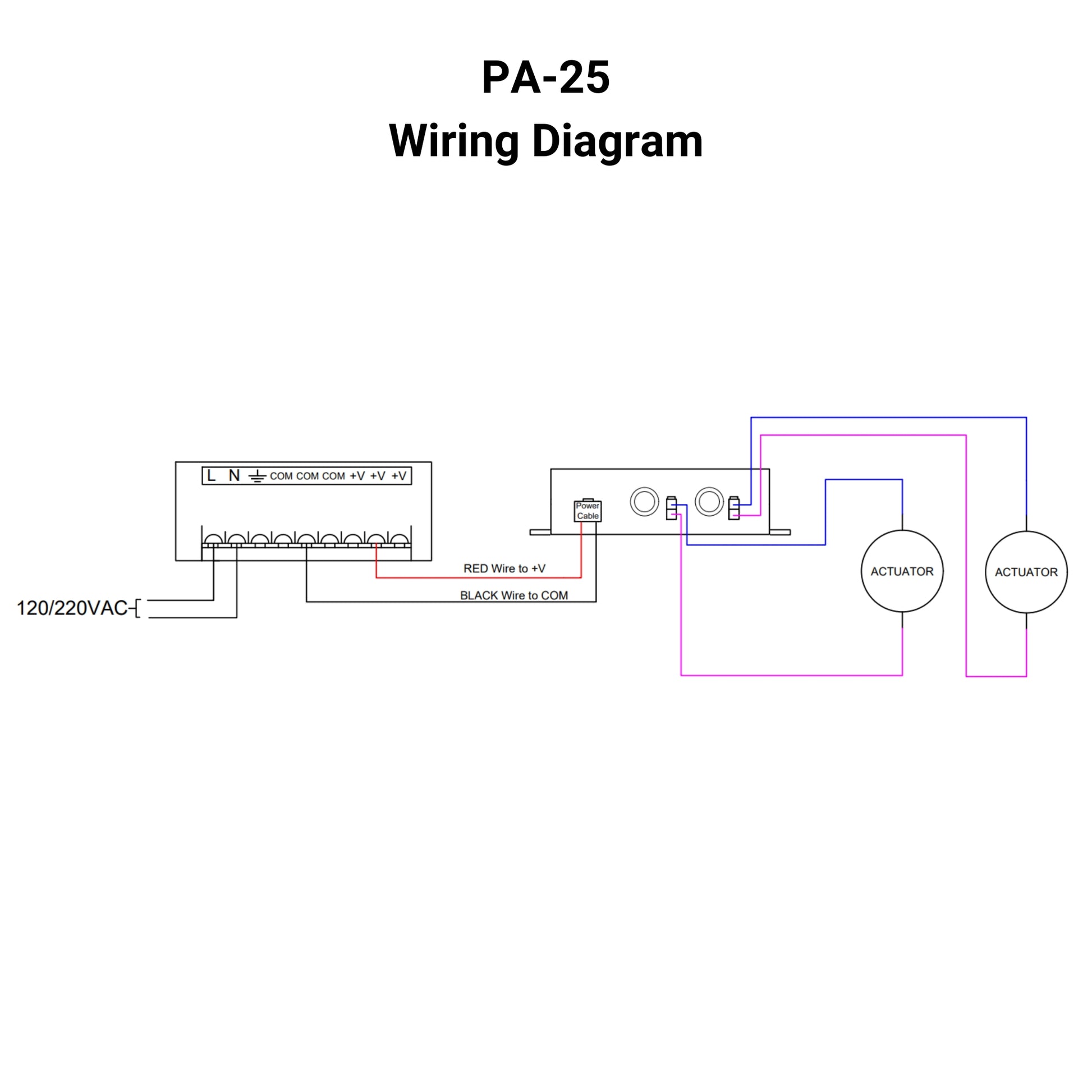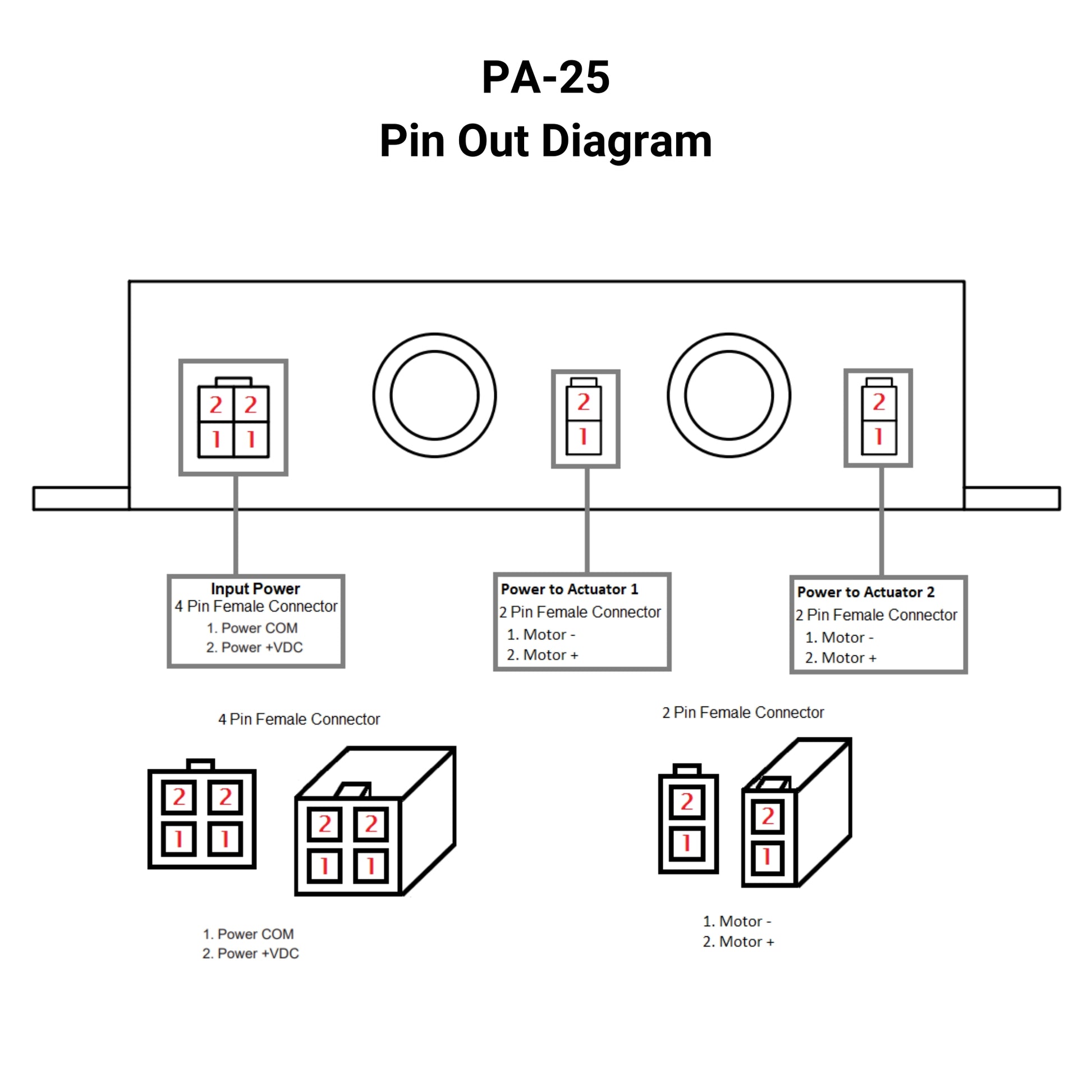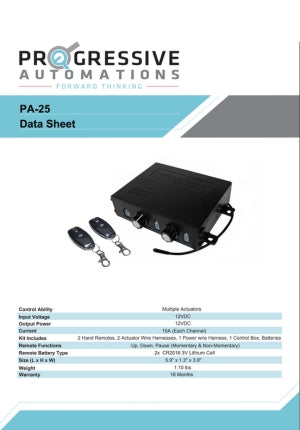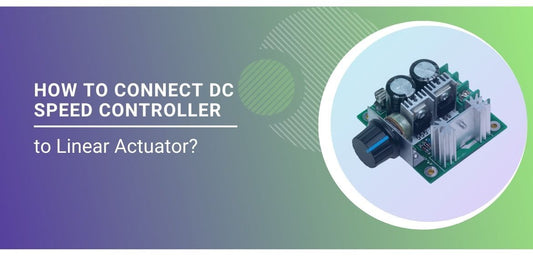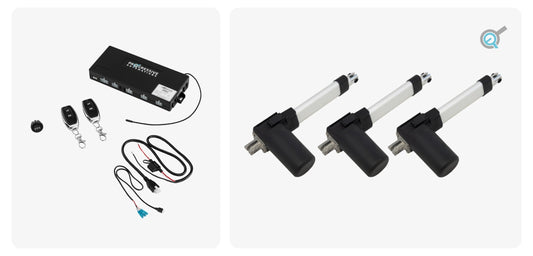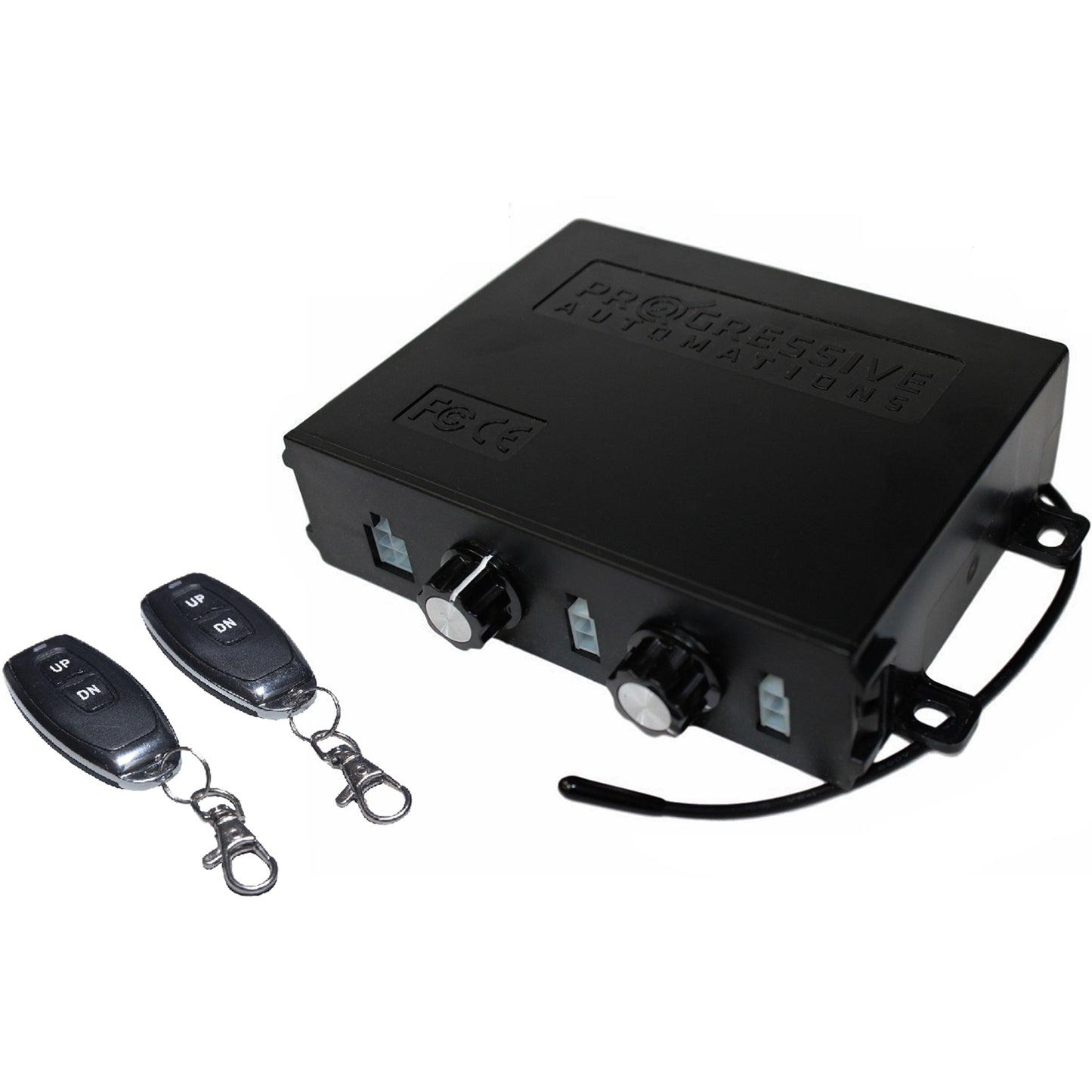
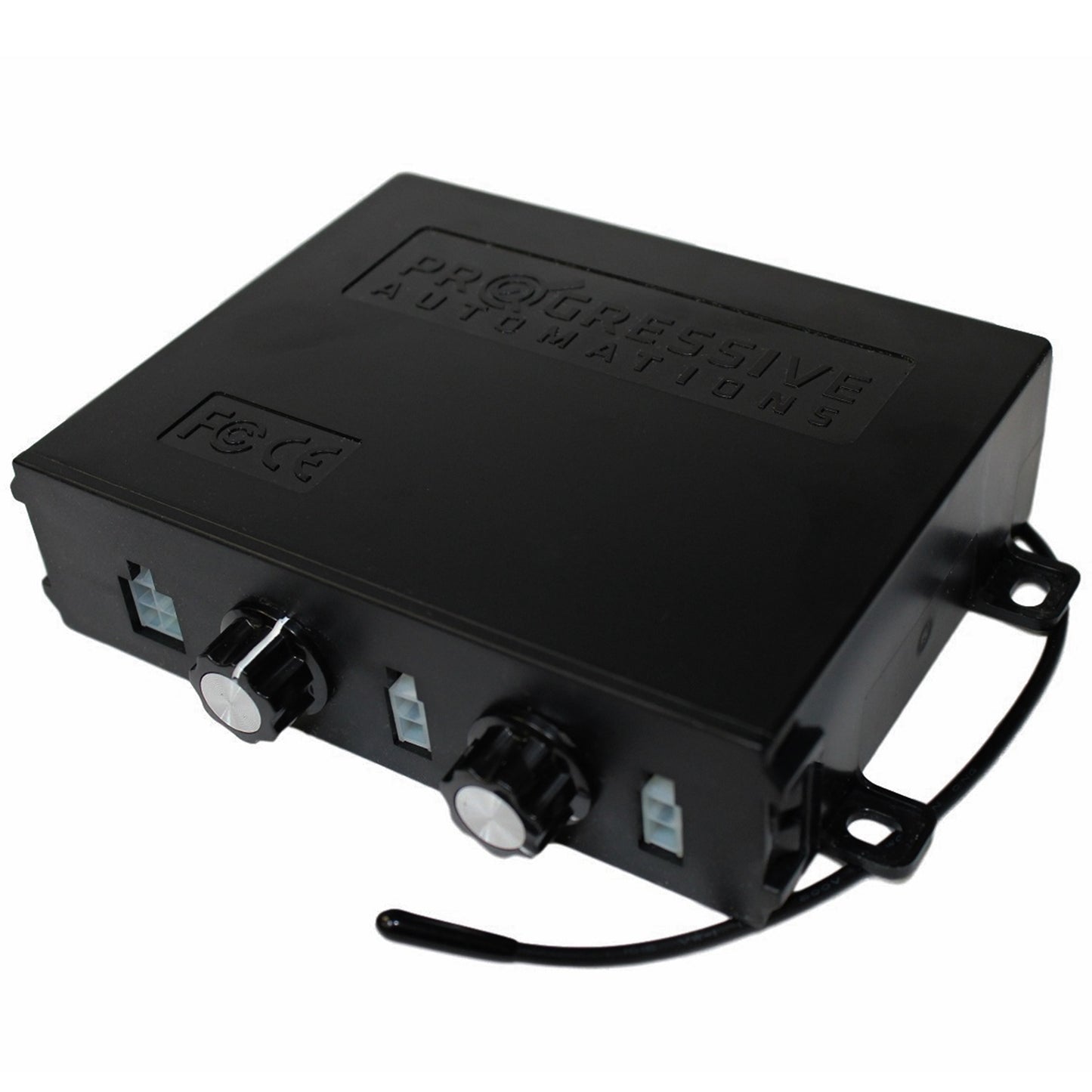
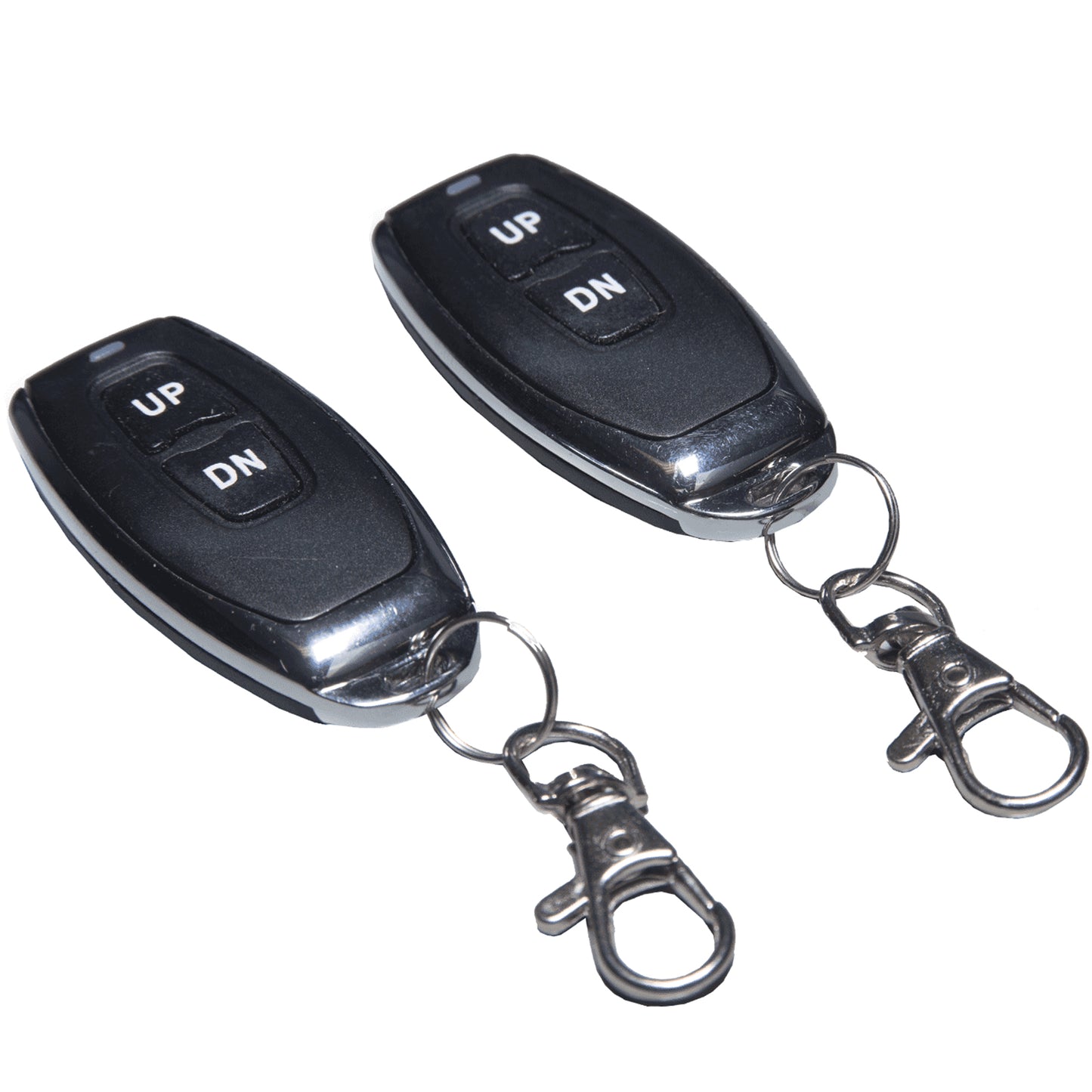
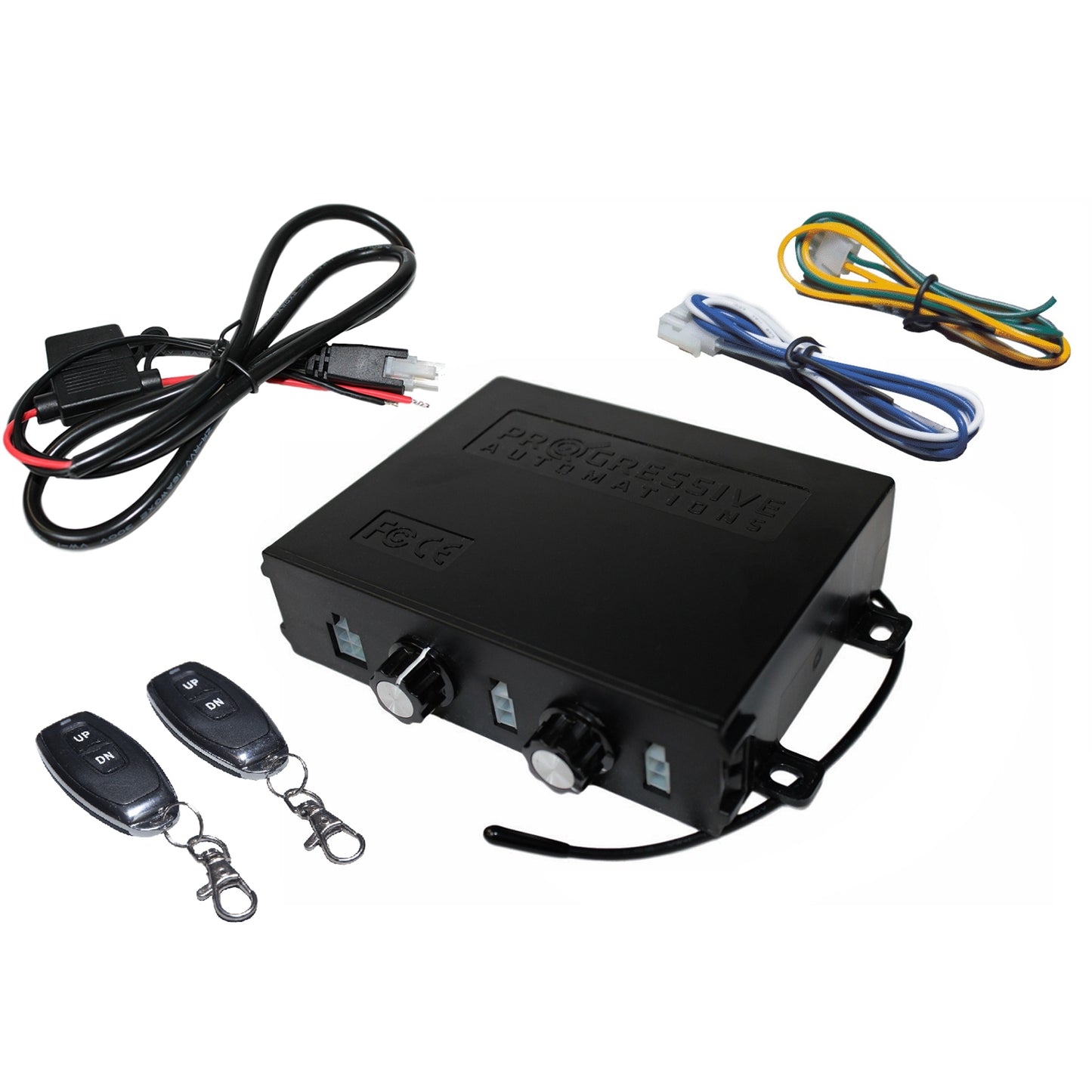
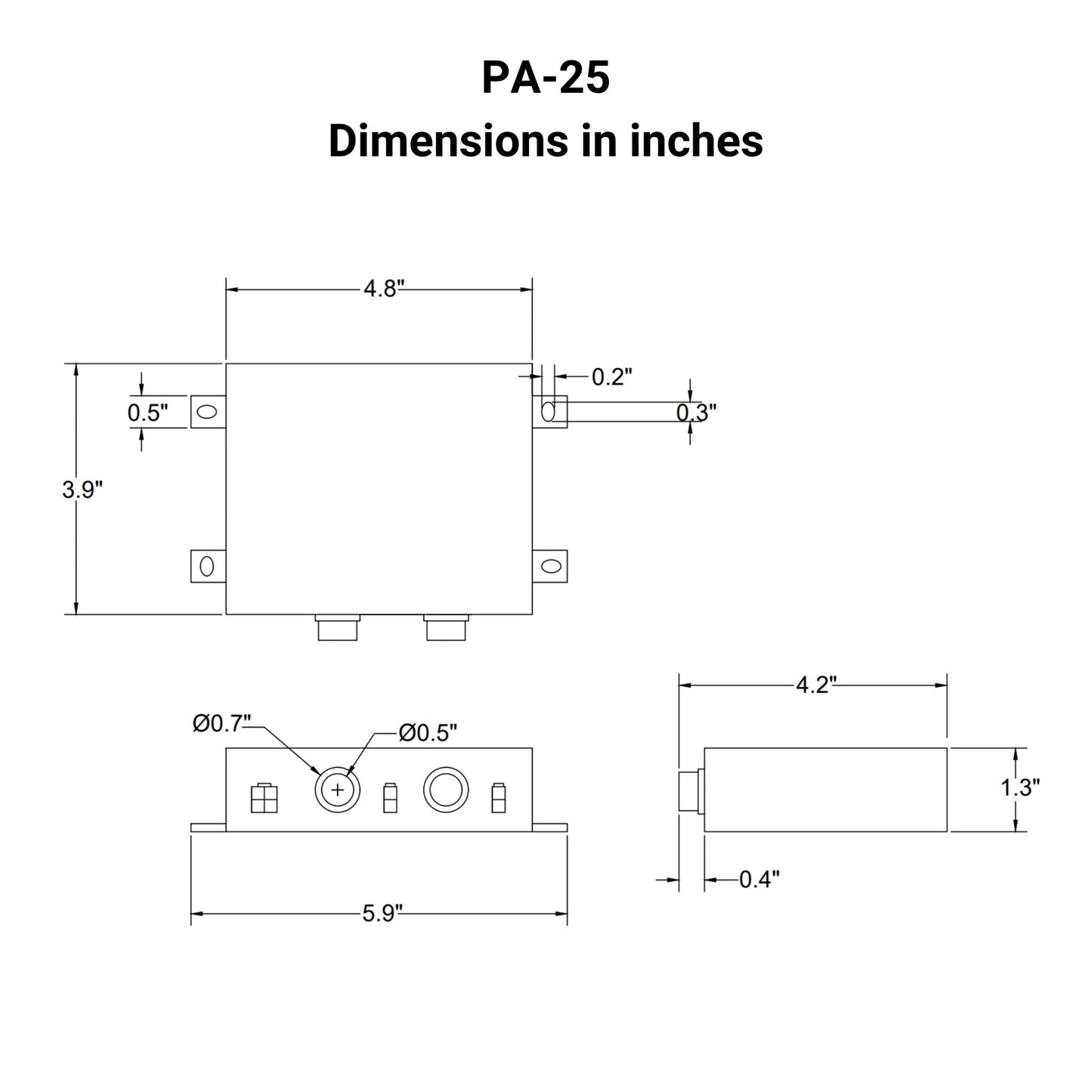
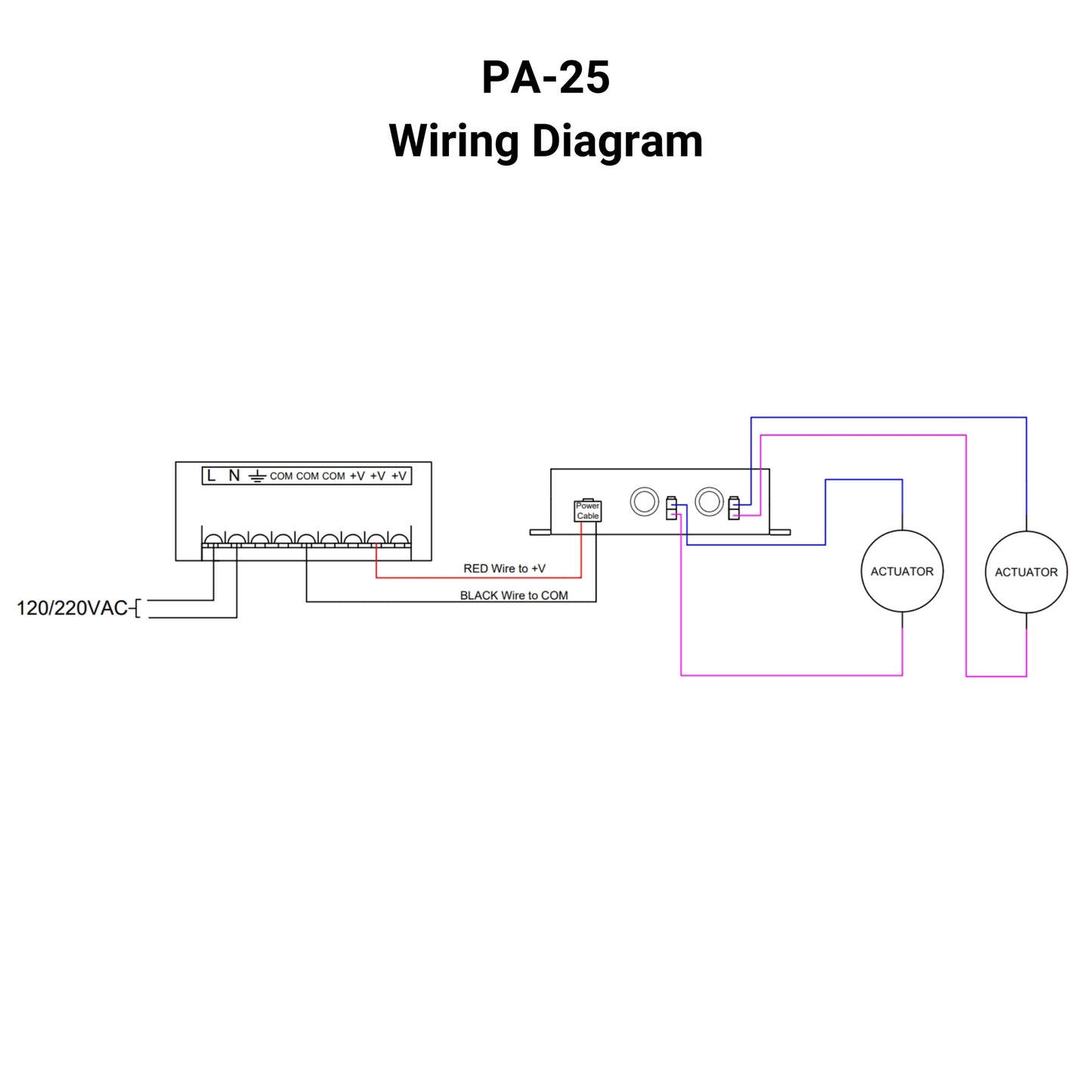
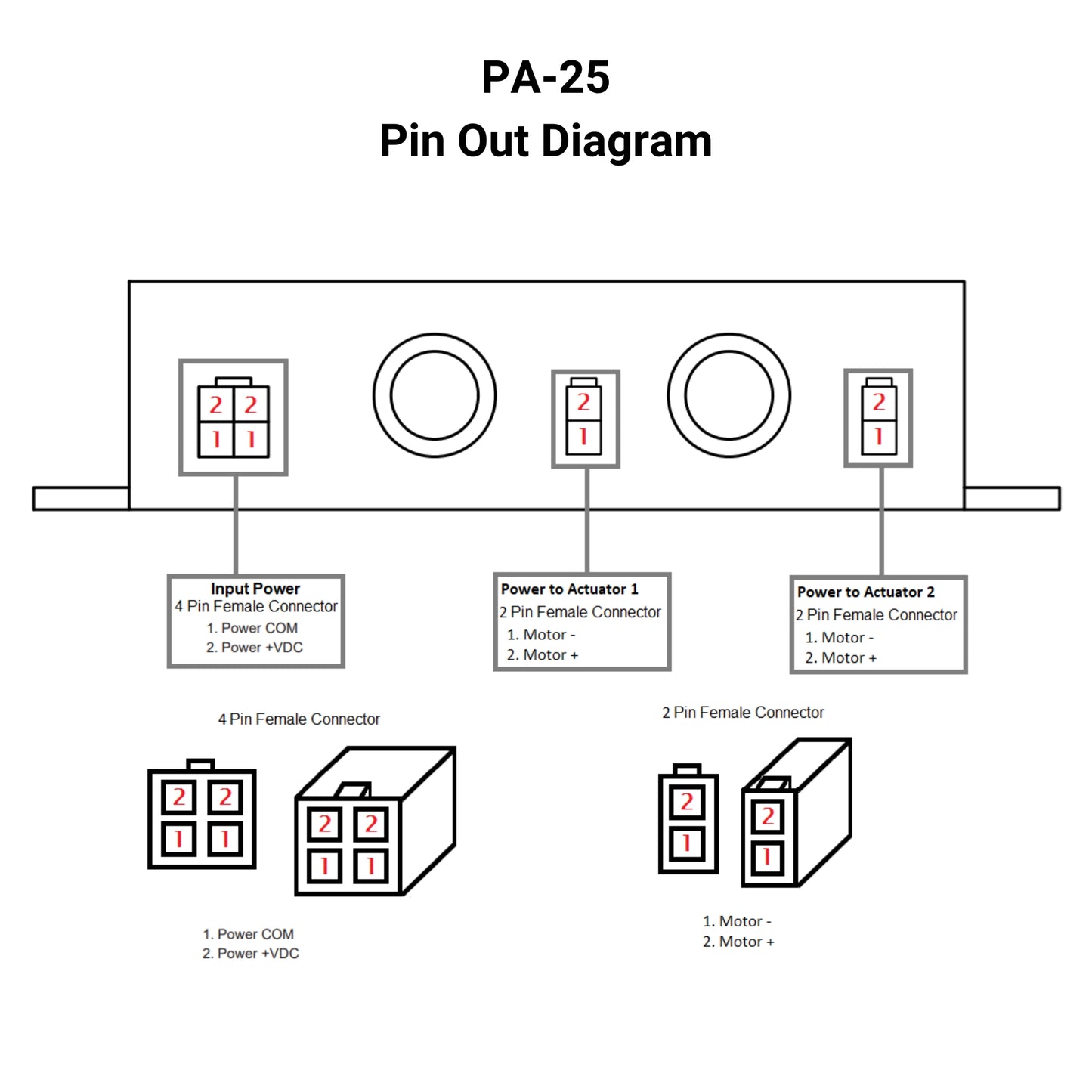
Consulte la hoja de datos del PA-25 para obtener información sobre controles, cableado y solución de problemas.
*Control en paralelo de actuadores lineales a 12 V CC. Cada unidad conectada al PA-25 puede ajustar su velocidad de 0 a 100 %. La velocidad se verá afectada tanto en la extensión como en la retracción.
OPCIONES PERSONALIZADAS
¿Busca un actuador pero las especificaciones no coinciden exactamente con lo que necesita? Contamos con una extensa lista de capacidades de personalización para garantizar que obtenga exactamente lo que necesita para su proyecto. Descargue la hoja de datos de este producto y descubra más sobre sus opciones de personalización.
Consulte la hoja de datos del PA-25 para obtener información sobre controles, cableado y solución de problemas.
*Control en paralelo de actuadores lineales a 12 V CC. Cada unidad conectada al PA-25 puede ajustar su velocidad de 0 a 100 %. La velocidad se verá afectada tanto en la extensión como en la retracción.
OPCIONES PERSONALIZADAS
¿Busca un actuador pero las especificaciones no coinciden exactamente con lo que necesita? Contamos con una extensa lista de capacidades de personalización para garantizar que obtenga exactamente lo que necesita para su proyecto. Descargue la hoja de datos de este producto y descubra más sobre sus opciones de personalización.
Seguir un conjunto de estándares es crucial para que las empresas garanticen que sus productos y servicios puedan alcanzar un nivel de calidad que promueva la satisfacción del cliente. En Progressive Automations, nuestro único objetivo es lo mejor para nuestros clientes y nos esforzamos por lograr mejoras continuas. Debido a esto, nos complace anunciar que Progressive Automations ahora cuenta con la certificación ISO 9001:2015.
Calidad en la que puede confiar – Más información